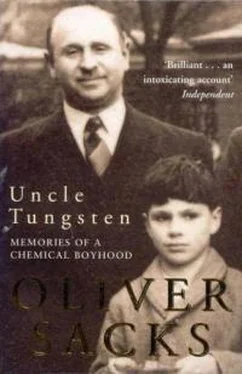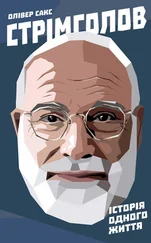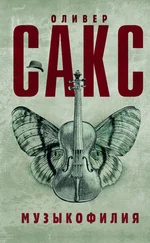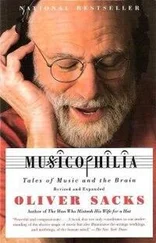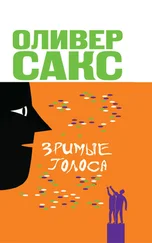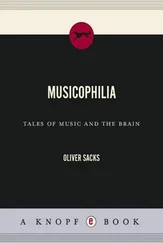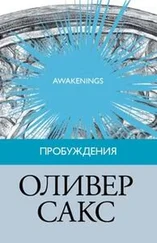* * *
Though Abe had expended much effort on the development of luminous paints, and later on phosphors for cathode-ray tubes, his central interest, like Dave’s, was in the challenge of illumination. The hope he had nourished, from early on, was that it might be possible to develop a form of cold light as efficient, as pleasant, as tractable, as hot light. Thus while Uncle Tungsten’s thoughts were fixed on incandescence, it was clear to Uncle Abe from the start that no really powerful cold light could be made without electricity, and that electroluminescence would have to be the key. That rarefied gases and vapors glowed when electrically charged had been known since the seventeenth century, when it was observed that the mercury in a barometer could become electrified by friction against the glass, and this would set up a beautiful bluish glow in the rarefied mercury vapor in the near vacuum above. [56]
Using the powerful discharges from the induction coils invented in the 1850 s, it was found that a long column of mercury vapor could be set glowing (Alexandre-Edmond Becquerel suggested, early on, that coating the discharge tube with a fluorescent substance might make it more suitable for illumination). But when mercury-vapor lamps were introduced, for special purposes, in 1901, they were dangerous and unreliable, and their light – in the absence of a fluorescent coating – was too blue to allow domestic use. Attempts to coat such tubes with fluorescent powders before the First World War collapsed before a multitude of problems. Other gases and vapors, meanwhile, were being tried: carbon dioxide gave a white light, argon a bluish light, helium a yellow light, and neon, of course, a crimson light. Neon tubes for advertising became common in London by the 1920 s, but it was only in the late 1930 sthat fluorescent tubes (using a mixture of mercury vapor with an inert gas) started to become a commercial possibility, a development in which Abe played a considerable part.
Uncle Dave, to show he was not bigoted, had a fluorescent light installed in his factory, and the two brothers, who had seen the tussle of gas and electricity in their youth, would sometimes argue about the respective merits and drawbacks of incandescent and fluorescent bulbs. Abe would say that filament bulbs would go the way of the gas mantle, Dave that fluorescents would always be bulky, never a match for the ease and cheapness of bulbs. (Both would have been surprised to find, fifty years later, that while fluorescents had evolved in all sorts of ways, filament bulbs remained as popular as ever, and that they coexisted in a comfortable and fraternal relationship.)
* * *
The more Uncle Abe showed me, the more mysterious the whole thing became. I understood a certain amount about light: that colors were how we saw different frequencies or wave-lengths; and that the color of objects came from the way they absorbed or transmitted light, obstructing some frequencies, letting others through. I understood that black substances absorbed all the light, letting nothing through; and that with metals and mirrors it was the opposite – the wave front of light particles, as I imagined it, hit the mirror like a rubber ball and was reflected in a sort of instant bounce.
But none of these notions was helpful when one came to the phenomena of fluorescence and phosphorescence, for here one could shine an invisible light, a ‘black’ light, on something and it would glow white or red or green or yellow, emitting a light of its own, a frequency of light not present in the illuminant.
And then there was the question of delay. The action of light normally seemed instantaneous. But with phosphorescence, the energy of sunlight, seemingly, was captured, stored, transformed into energy of a different frequency, and then emitted in a slow dribble, over hours (there were similar delays, Uncle Abe told me, with fluorescence, though these were far shorter, just fractions of a second). How was this possible?
One summer after the war, in Bournemouth, I managed to obtain a very large octopus from a fisherman and kept it in the bath in our hotel room, which I filled with seawater. I would feed it live crabs, which it tore open with its horny beak, and I think it grew quite attached to me. It certainly recognized me when I came into the bathroom, and would flush different colors, indicating its emotion. Although we had had dogs and cats at home, I had never had an animal of my own. Now I had, and I thought my octopus quite as intelligent, and as affectionate, as any dog. I wanted to bring it back to London, give it a home, a huge tank festooned with sea anemones and seaweed, have it as my very own pet.
I did a lot of reading about aquariums and artificial seawater – but, in the event, the decision was taken from me, for one day the maid came in, and seeing the octopus in the bath, she had hysterics and poked it, wildly, with a long broom. The octopus, upset, discharged a huge cloud of ink, and when I returned a little later, I found it dead, sprawled out in its own ink. I dissected it, sorrowfully, when I got back to London, to learn what I could, and kept its scattered remains in formalin in my bedroom for many years.
* * *
Living in a medical household, hearing my parents and older brothers talk about patients and medical conditions, both fascinated and (sometimes) appalled me, but my new chemical vocabulary allowed me, in a sense, to compete with them. They might talk about empyema (a beautiful, nuggety, four-syllable word for a vile suppuration in the chest cavity), but I could cap it with empyreuma , that glorious word for the smell of burning organic matter. It was not just the sound of these words that I loved, but their etymology – I was now doing Greek and Latin at school, and I spent hours teasing out the origins and derivations of chemical terms, the sometimes twisted and indirect paths by which they had acquired their present meanings.
Both my parents were given to telling medical stories – stories which might start from a description of a pathological condition or an operation, and extend from this to an entire biography. My mother, especially, would tell such stories, to her students and colleagues, to dinner guests, or to anyone who was around; the medical, for her, was always embedded in a life. I would occasionally see the milkman or the gardener transfixed, listening to one of her clinical tales.
There was a large bookcase full of medical books in the surgery, and I would rummage through them at random, often in a state of mixed fascination and horror. Some of them I returned to again and again: there was Bland-Sutton’s Tumours Innocent and Malignant – this was especially notable for its line drawings of monstrous teratomas and tumors; Siamese twins joined in the middle; Siamese twins with their faces fused together; two-headed calves; a baby with a tiny accessory head near its ear (a head which reflected, in tiny replica, I read, the expressions of the main face); ‘trichobezoars’ – bizarre masses full of hair and other stuff, swallowed and embedded, sometimes fatally, in the stomach; an ovarian cyst so large it had to be carried on a handcart; and, of course, the Elephant Man, whom my father had already told me about (he had been a student at the London Hospital not so many years after John Merrick had lived there). Scarcely less horrifying was an Atlas of Dermachromes , showing every vile skin condition on the face of the earth. But the most informative, the most read, was French’s Differential Diagnosis – its tiny line illustrations were especially appealing to me. Here, too, horrors lay in wait: the most frightening, for me, being the entry on progeria, a galloping senility that could hurtle a ten-year-old child through a lifetime within months, turning him into a fragile-boned, bald, beak-nosed, piping creature who looked as old as the shriveled, monkeylike Gagool – the three-hundred-year-old witch in King Solomon’s Mines – or the demented Struldbrugs of Luggnagg.
Читать дальше
